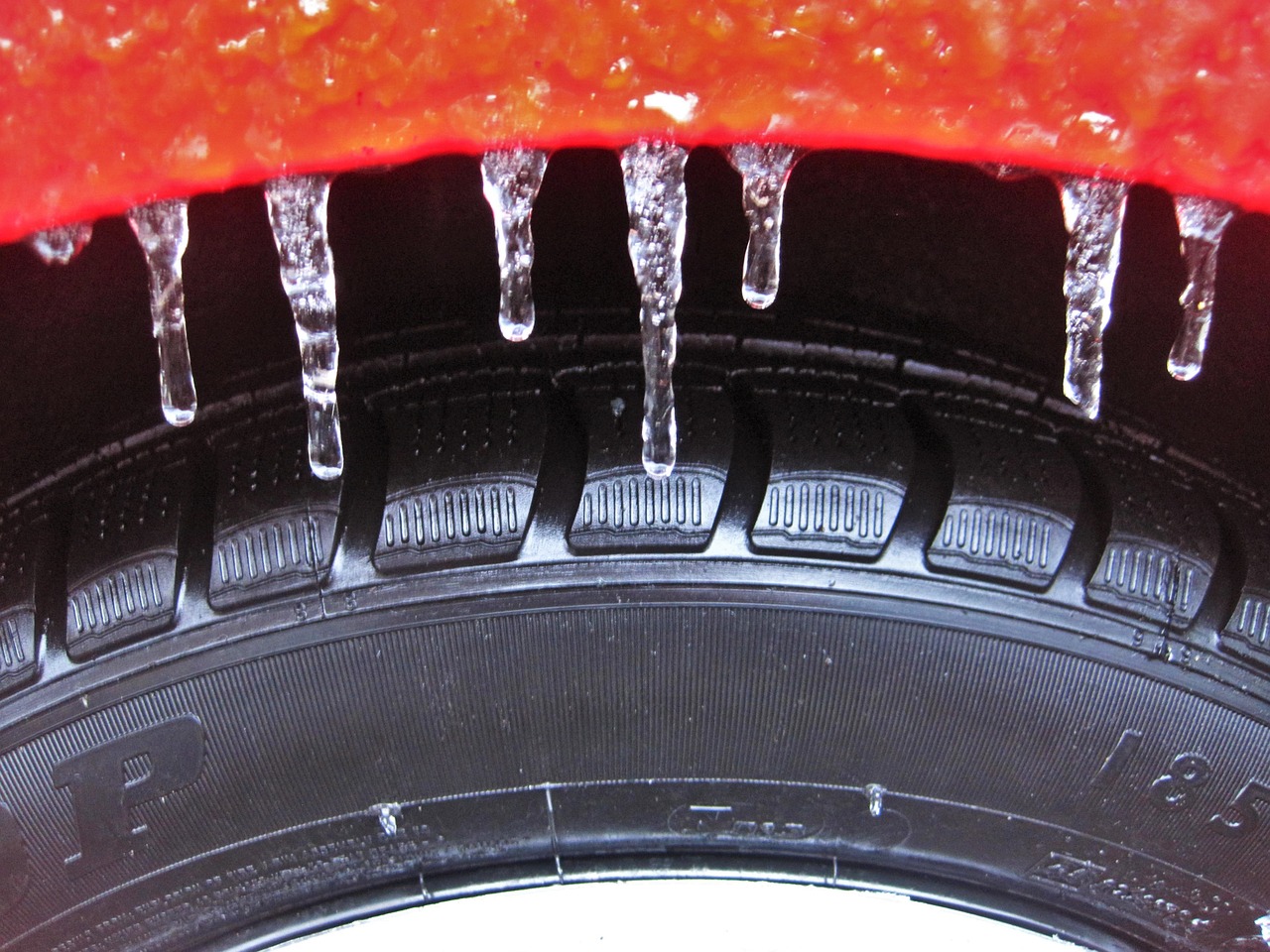One of the most treacherous conditions for driving is freezing rain. While it may look like regular rain, freezing temperatures can cause it to turn to ice as it makes contact with roads and sidewalks. Typically, freezing rain is snow that passes through a layer of warmer air and melts. Then, the melted droplet passes through another thinner layer of cold air above the Earth’s surface that cools it to a temperature below freezing. The droplet does not have adequate time to become snow or sleet and thus hits a surface in a supercooled state that immediately converts to ice. Unfortunately, this is not imminently apparent when you are driving, and you could encounter icy conditions without expecting to. Five tips you should keep in mind when it comes to keeping safe during freezing rain include:
1. Stay off the road if possible.
Friction is responsible for keeping tires from sliding on the road. When ice is present, however, there is much less friction and your vehicle will have a difficult time maintaining traction, even with great tires and four-wheel drive. For that reason, you should avoid driving in freezing rain whenever possible. If you notice that rain is starting to freeze, either stay home or find a safe location away from the travel lanes to wait out the storm. In general, you should avoid pulling off to the side of the road in these conditions since other vehicles may not see you. If you have no other choice but to pull off to the side, use hazard lights to keep yourself as visible as possible.
2. Keep your vehicle free from ice.
Freezing rain can accumulate quickly on your vehicle, which can make driving even more hazardous. If the ice formed while the vehicle was parked, take the time to scrape off the ice before hitting the road. If you are already driving, you will need to make sure you keep ice off the windshield to maximize visibility. To do this, you will need to keep the interior of your vehicle quite warm to discourage any ice accumulation. Also, you should crank up your windshield defroster and keep it running. You will also likely rely heavily on your wiper blades to clear the windshield and discourage ice formation, so it is important to maintain these components during the winter months.
3. Take note of where ice forms first.
One of the keys to driving safely in freezing rain is understanding where ice tends to form first. Bridges and overpasses, for example, often accumulate ice before highways since the air passing beneath them cools the pavement faster. Low-lying areas can accumulate moisture, making them prone to ice formation as well. In addition, places with higher elevation and roadways near large bodies of water will also experience ice formation before general roads. If freezing rain occurs during the day, be cautious when passing through shaded areas. While the temperature difference may not be extreme, it can be enough to let ice form more quickly than in sunny areas. Take your time and exercise a lot of caution when passing through shade.
4. Give yourself both time and space.
The key strategy for maneuvering safely through freezing rain is to give yourself adequate time to get where you need to go. If you drive slowly, you will be able to maintain the most control and be able to react effectively if your vehicle loses traction. You should avoid braking in freezing rain, as this will just cause your vehicle to slide. Instead, go slow and give yourself time and space to slow down when necessary. If you avoid braking altogether, you decrease the chances of losing control. When out on the road, give yourself a lot of space between other drivers and keep your distance from anyone who appears to be driving aggressively. You may encounter sand or salt trucks on the roads that are very slow moving. Give these trucks plenty of space and consider driving behind them at about 10 car lengths.
5. Be prepared for an emergency.
Always expect the unexpected when driving in hazardous conditions, and make sure you can handle any emergencies. Try to drive with a full tank of gas and throw some extra supplies in the car like blankets and clothing to help keep you warm. You should also carry a first aid kit, jumper cables, gloves, scrapers, and brushes. In addition, consider carrying a bag of sand, salt, or cat litter with you. If you end up sliding off the road, having these materials on hand can help you get back on the roadway safely or keep you secure while you wait for help to arrive. While you probably will not need these items, they can provide peace of mind.
